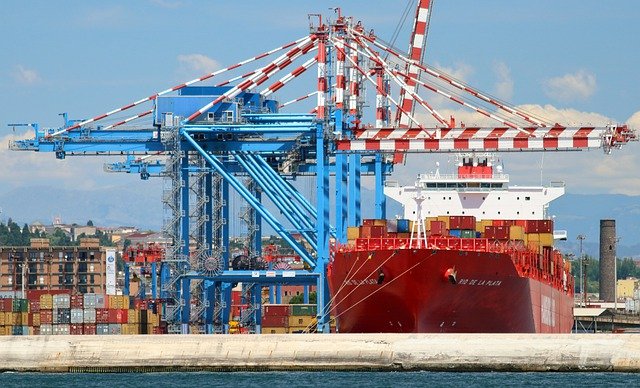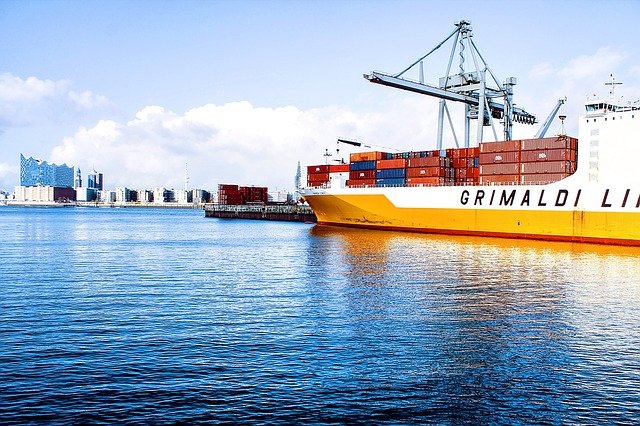A guide to importing and Exporting
If you are looking to import and export products , this page is all you need and off course, you can always reach out to us for a free consultation

Export Documentation
Import and export of products internationally requires meeting various regulatory and compliance standards through valid export shipping documents. For example, U.S. export documents may involve a commercial invoice, an export license for military items, or ingredient certifications for agricultural products. Foreign requirements also vary, and can include in-country or region-specific standards such as CCC certification to sell goods in China, or CE mark certification to sell goods in Europe. Start by determining the documents and steps required for exporting your product. To ensure compliance with the export documentation process, reach out to your local U.S. Commercial Service office or freight forwarder. Your shipper or foreign partner may also be able to assist. To learn more, view Export Documentation, the fifth of five videos in the Make the Export Sale set.
Click on the picture for more information

Basic Import Export
Both CBP and the importing/exporting community have a shared responsibility to maximize compliance with laws and regulations. In carrying out this task, CBP encourages importers/exporters to become familiar with applicable laws and regulations and work together with the CBP Office of Trade to protect American consumers from harmful and counterfeit imports by ensuring the goods that enter the U.S. marketplace are genuine, safe, and lawfully sourced.
Click on picture for more information

Harmonized Tariff Schedule
The Harmonized Tariff Schedule of the United States (HTSUS or HTS) is a U.S. system used to classify traded goods based on their material composition, product name, and/or intended function. The HTS is a 10-digit code designed so that each article falls into only one category. It is divided into chapters, each of which has a 2-digit number. Each product category within the various chapters is designated by 4, 6, 8, or 10 digits. The 4-digit categories are called headings. The 6-, 8- and 10-digit classifications are called subheadings.
U.S. Customs and Border Protection (CBP) uses this system and its rules to classify imported goods. HTS codes are also used to determine duty rates applied to imported goods. Nearly every good that is imported into the United States is classified in an eight-digit category.
If you import or export products, you will need this